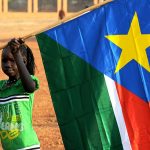The former himalayan Kingdom of Nepal has had a rather turbulent 20, or so years, going through a period as an absolute monarchy, as well as a “protracted peoples war” fought by Maoist militants.
This all came to a head in 2005-2006 when a massacre occurred in the royal household, the Maoists almost won and the country transitioned to democracy. In this transition “a” communist party (of which there are many) won the election. Elections over the next 18 years have also been dominated by communist parties, which leaves the question “Is Nepal Communist”? In short no, Nepal is not communist at all, but we will delve into more detail on the matter!
To read about the Royal Massacre in Nepal click here
A brief history of Nepal
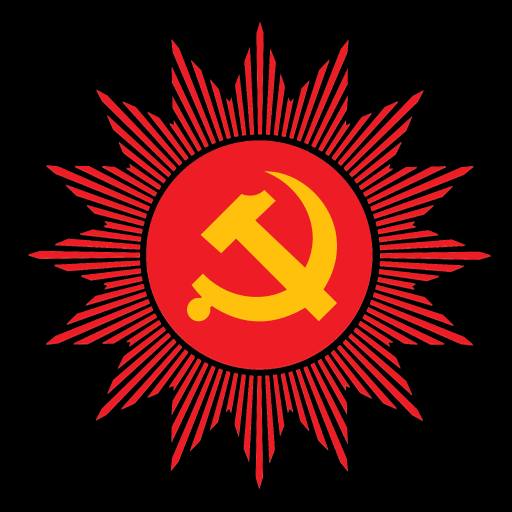
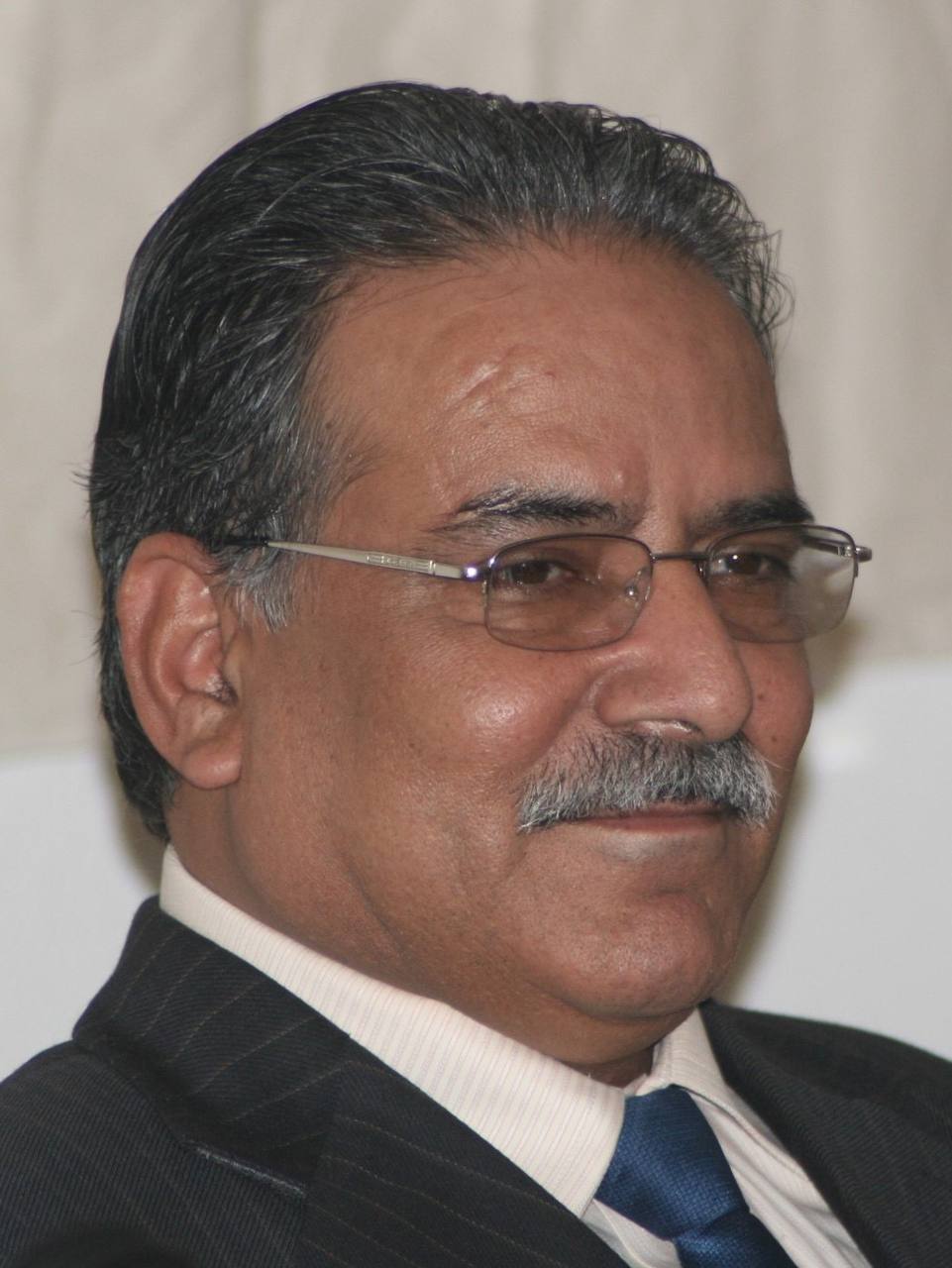
Sandwiched between India and China treading its own path has not been an easy one for Nepal. A British colony it was given independence after the partition of India, much like other states Bhutan, which remains a Kingdom and Sikkim, a former Kingdom that is now part of India.
Post independence Nepal remained a Kingdom, although to a certain extent under the suzerainty of India, who looked after their foreign affairs and to an extent defence, something which the Maoists and other communists would later take issue with.
From the late 40’s to the 90’s the nation flip-flopped between various forms of monarchist rule ranging from absolute to constitutional monarchism, but the royals in essence retained an extremely firm hand.
This splintered opposition groups, but particularly the Unified Communist Party of Nepal led by the enigmatic Prachanda who began a “protracted peoples war” to bring about a communist, Maoist state within the country.
The resulting 10 year civil war resulted in the deaths of over 17,000 people, numerous claims of human rights abuses (from both sides) as well as large swathes of the country being controlled by the Maoists. Interestingly one of our team traveled extensively throughout the country during this period!
To read about traveling in Maoist Nepal click here
In 2005 there was a very sketchy royal massacre perpetrated allegedly by one of the royal household, which led to the royal family falling like a house of cards. A constituent assembly was formed, peace was achieved and the country was renamed the Federal Democratic Republic of Nepal (Nepali: सङ्घीय लोकतान्त्रिक गणतन्त्र नेपाल), which regular readers will realise is a pretty communist name.
Maoists win the first Nepalese election
Winning 220 of the 575 seats available the newly renamed Communist Party of Nepal (Maoist) won the election, although without a clear majority. They were though asked to form a government under Prachanda. This shouldn’t have been much of a problem as another communist party, namely the Communist Party of Nepal (Unified Marxist-Leninist) received 103 seats, thus giving the reds a clear majority.
Sadly this completely ignores the Monty Python “splitter” sketch which really does epitomise left-wing movements and it took months for a power sharing agreement to be reached.
So with the victory of the Maoists why didn’t Prachanda declare a peoples republic? This is something that could be greatly debated and talked about, but it is something that again led to splits within the party, as well as the party declaring its support for “multi-party democracy”, something not at all very Maoist.
Parchanda would last less than a year in office resigning after he was not allowed to sack the army chief and altogether not doing all that much “communist” stuff. His party has remained strong (although going through many name changes) and he even had a second stint as PM, but a Maoist country Nepal is not.
Is Nepal Communist in 2025?
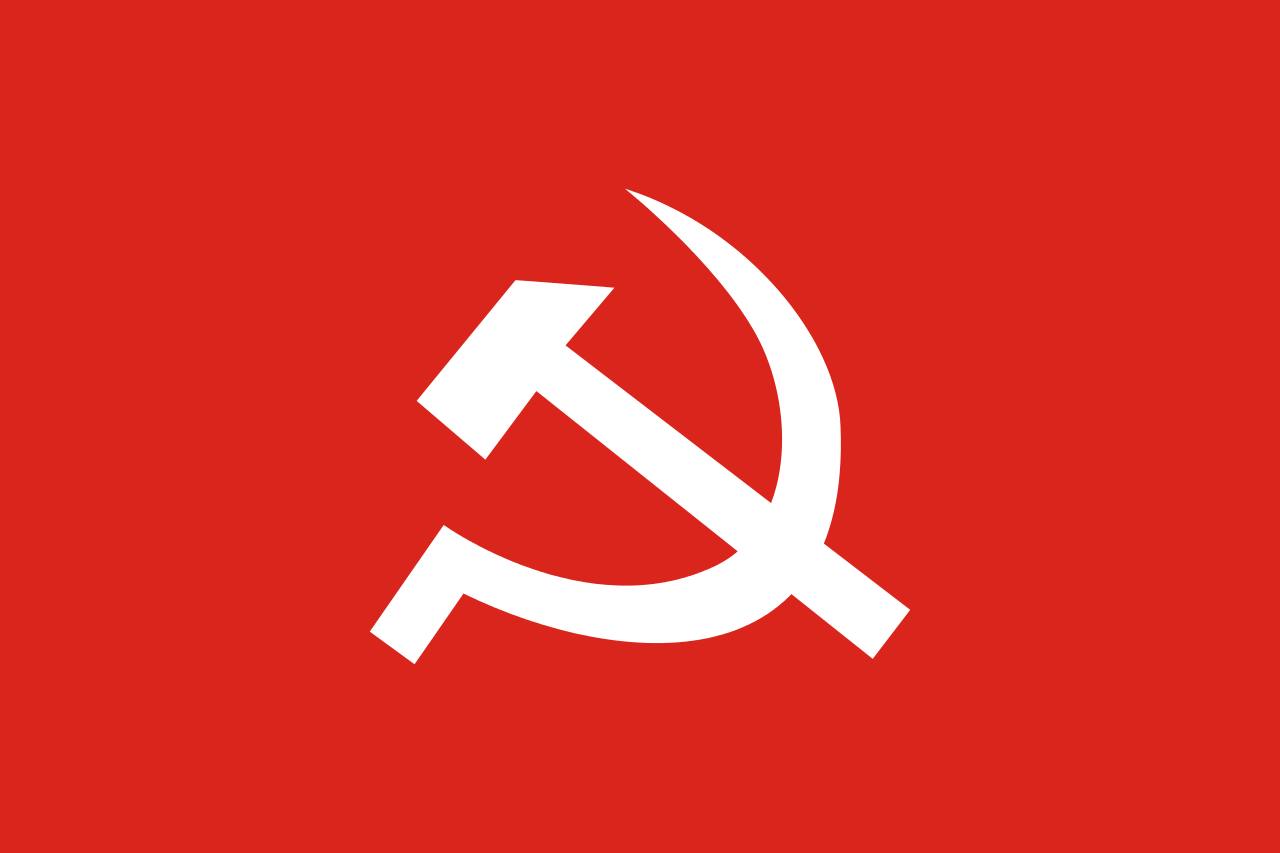
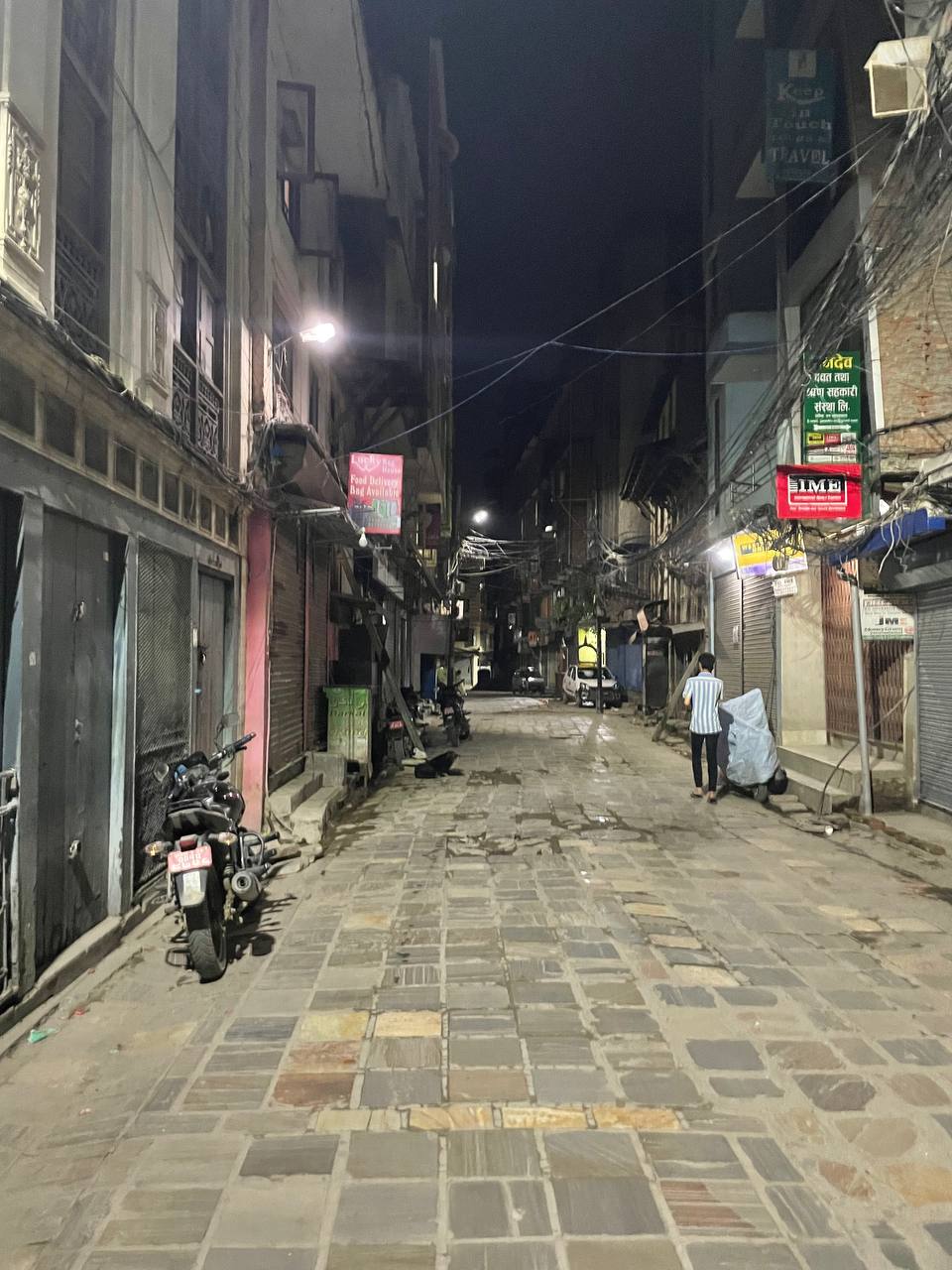
Apart from the Nepali Congress, fashioned on the Indian Congress, who are by convention Social Democrat (although went through a communist phase), government in Nepal and representation has been dominated by “communist parties”. Does this though make Nepal communist? No it does not, which again we will get to in a bit.
So, fast-forward to the last elections that were held in Nepal in 2017 for the 275 seat lower House of Representatives. The biggest three parties were as follows – the Communist Party of Nepal (Unified Marxist–Leninist) 121 seats, the Nepali Congress Party 63 seats and the Communist Party of Nepal (Maoist Centre) 53 seats.
K.P. Oli of the Communist Party of Nepal (Unified Marxist–Leninist) was sworn in as Prime Minister on 15 February 2018 and things should have been all revolutionary zeal thereafter, but alas things were not to go that way.
Various infighting meant that the communist parties stopped supporting each other and in 2021 the Maoist Centre ended up aligned with the Nepali Congress Party, as well as the Communist Party of Nepal (not to be confused with the others), and the Peoples Socialist Party of Nepal (Unified Socialist) forming the government. This perversely left the Communist Party of Nepal (Unified Marxist-Leninist) as the official opposition.
Again to go back to the maths element here, this means that of the 275 seats in parliament 190 are controlled by parties that call themselves communist. Therefore to answer the question “Is Nepal Communist” in 2022 the answer is technically yes, at least from a voting point of view.
Why does Nepal not go actual communist then?
This is a bit of a hard question to answer, the Maoists have stated that Nepal is not yet developed enough for communism, a line sometimes given by other parties. Many of the parties profess to support a “socialist-oriented market economy”, a theory invented when Vietnam first opened-up and not dissimilar to “Socialism with Chinese Characteristics”. Some have argued that this has similarities with the “New Economic Policy” (NEP) of Lenin, while others would argue it is a bit of a sell out.
Also the vast majority of communist parties espouse either the People’s Multiparty Democracy, or some derivative thereof (including the Maoists). Essentially this means respecting democracy rather than having a good old fashioned revolution!
The reality though is that these parties, much like “communist” parties that have governed in places as diverse as West Bengal to Moldova are more parties of government than actual communist parties. There is also the fact that in real terms a country such as Nepal would struggle to go all out red in a capitalist world.
Sadly though, particularly in a country where the vast majority of people seem to want communism is that the parties would rather split and fight between themselves rather than actually work together. Nepal is perhaps the only country in the world right now that might actually vote in a truly communist system.
How communist is Nepal then?
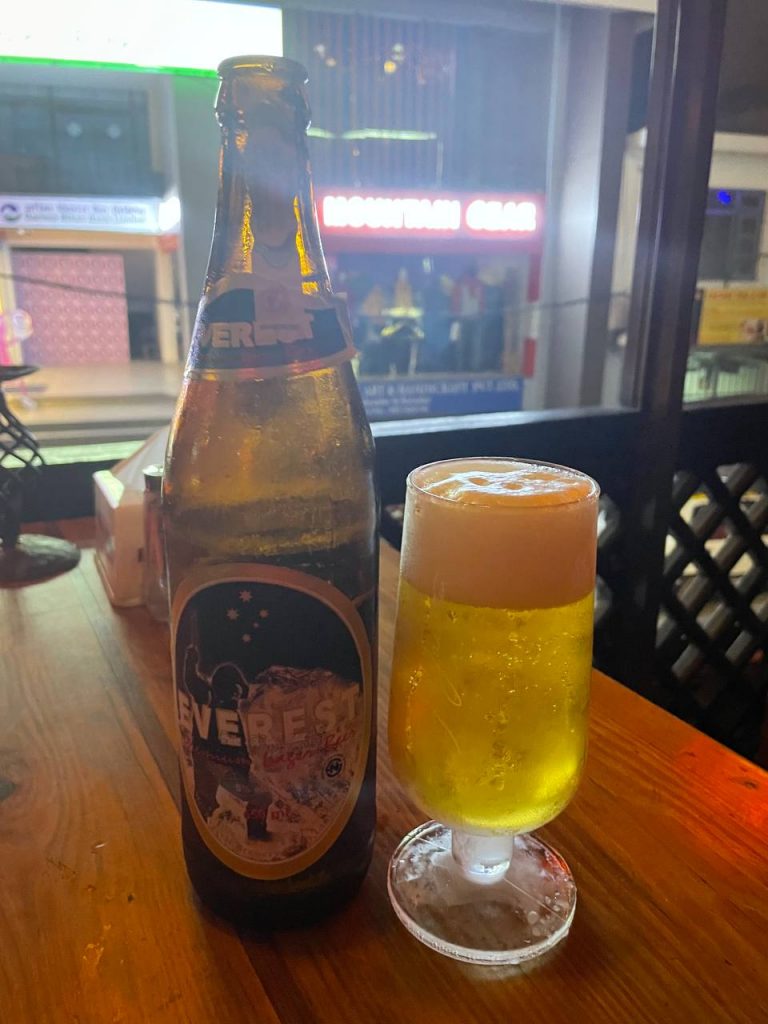
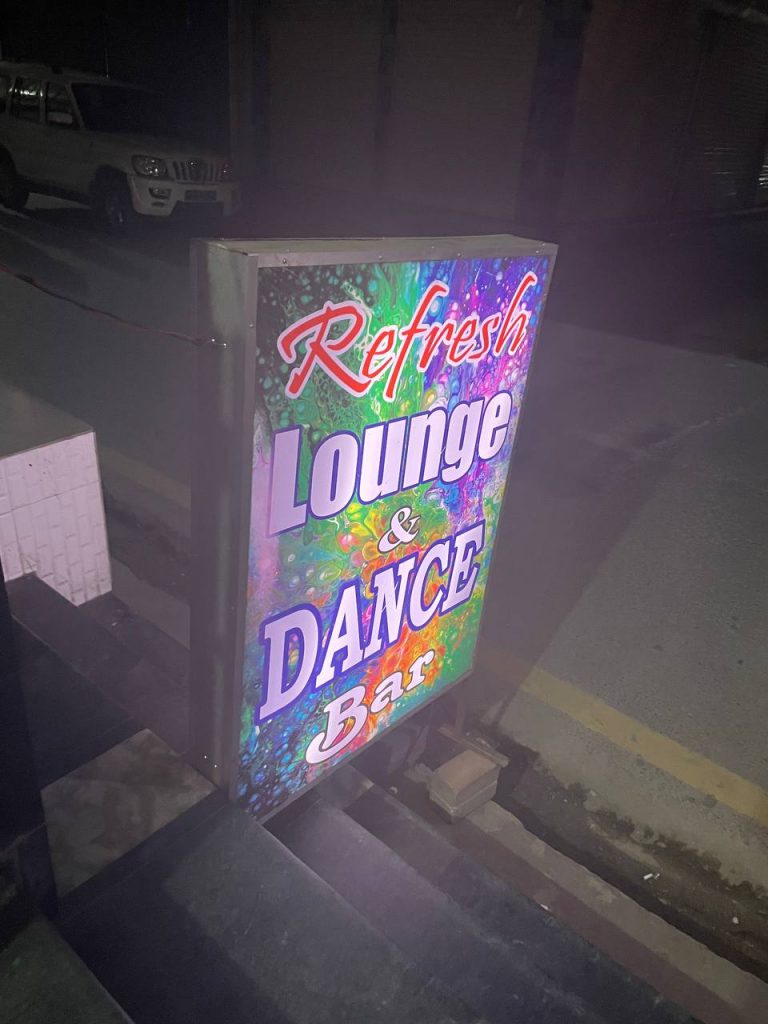
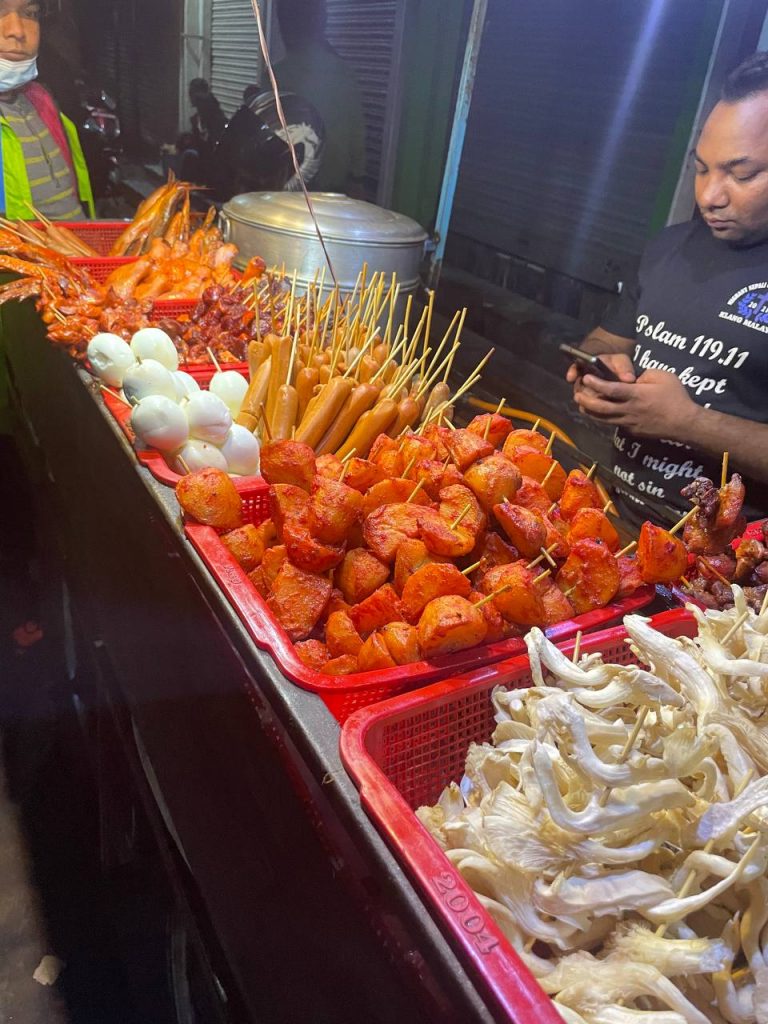
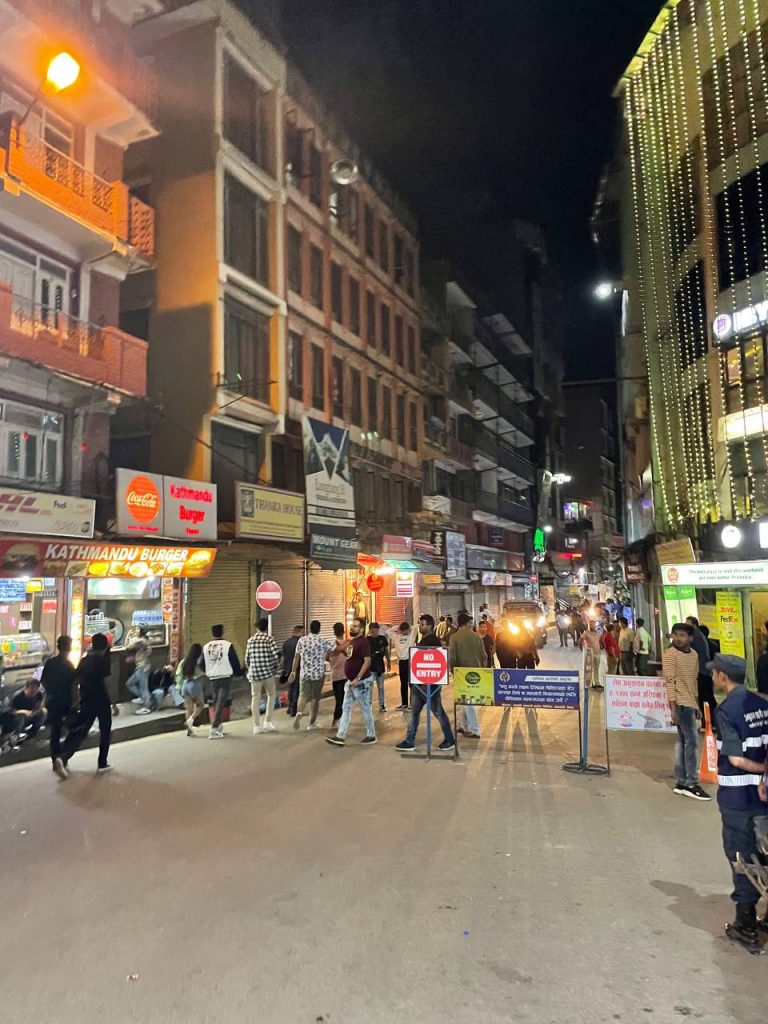
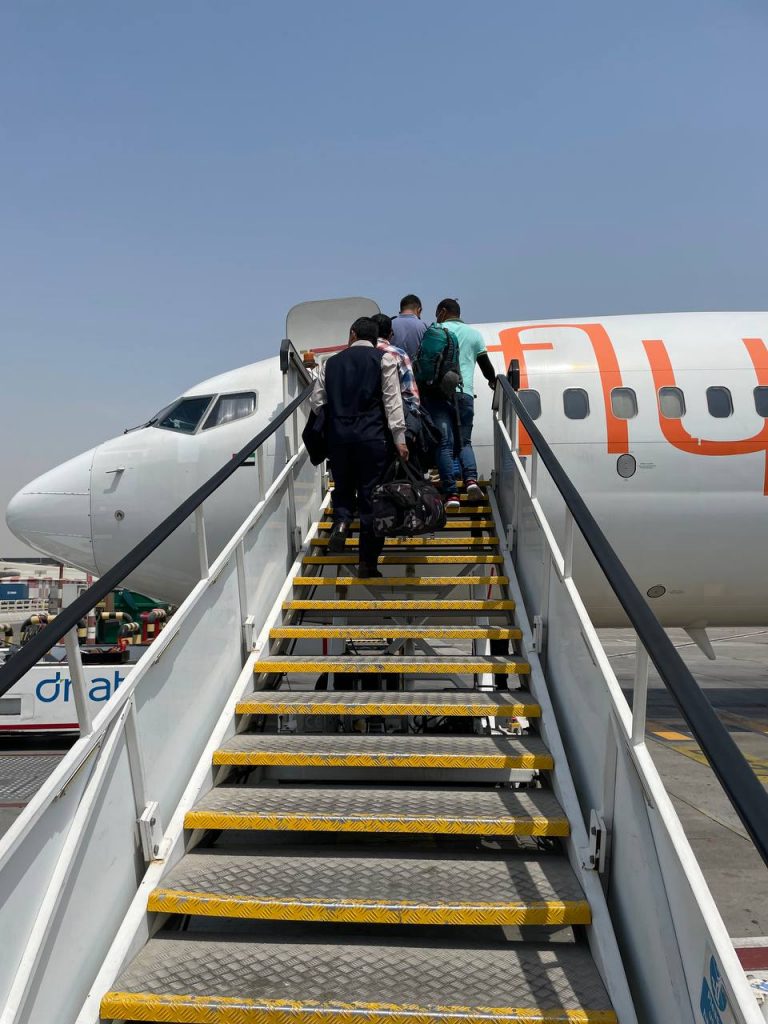
If you go into Nepal as a tourist you will notice upon entry into Kathmandu that it does not seem very communist at all. You are straight away greeted by a duty free shop and upon leaving the airport are bombarded by taxi drivers anxious to take you to your destination – usually at drastically inflated prices.
If you are staying in the capital you are most likely to end up in the tourist and nightlife hub of Thamel. And in case you are here on some kind of red tourism pilgrimage it is here that you will have your heart broken. Now, this is not because of all the small businesses that are around, which us red watchers might call the petit bourgeois, but because of all the seedy vice that surrounds the city.
To read our piece on socialist countries click here.
Kathmandu is awash with “dancing clubs” that are little more than fronts for brothels, as well as a very seedy underbelly where you are offered everything from drugs to children. As one forum put it “Whatever you want and no matter how bad it is you can find it in Thamel”. In essence Kathmandu at least is as far from being either a utopian, or even dystopian communism as you can get and in fact more reflects all the worst aspects of capitalism rolled into a grotty capital city.
So, is Nepal capitalist, or communist? Perhaps there are some communistic elements within the countryside, but Nepal is very much a capitalist country as of 2023.
Want to see Nepal for yourself? We have a Nepal, Bangladesh and Bhutan tour that you can join here.



